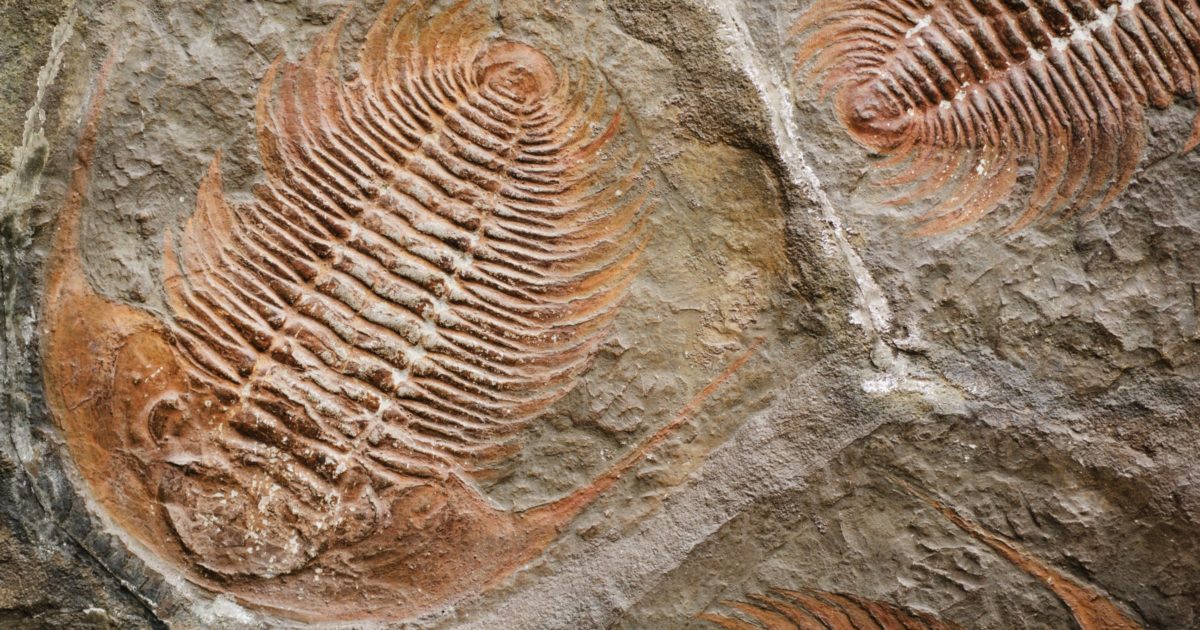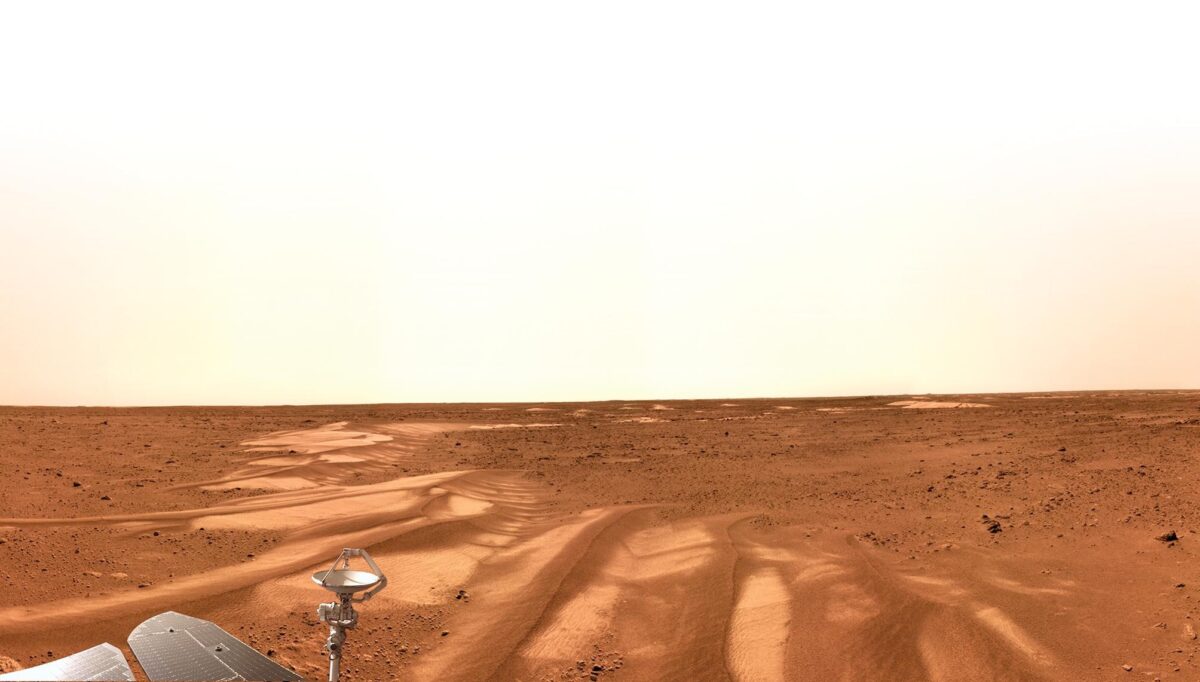
Science and Culture Today | Page 88 | Discovering Design in Nature


Saturn’s Moon Titan as a Habitability Test

Stephen Meyer and Justin Brierley on the Mainstreaming of Intelligent Design
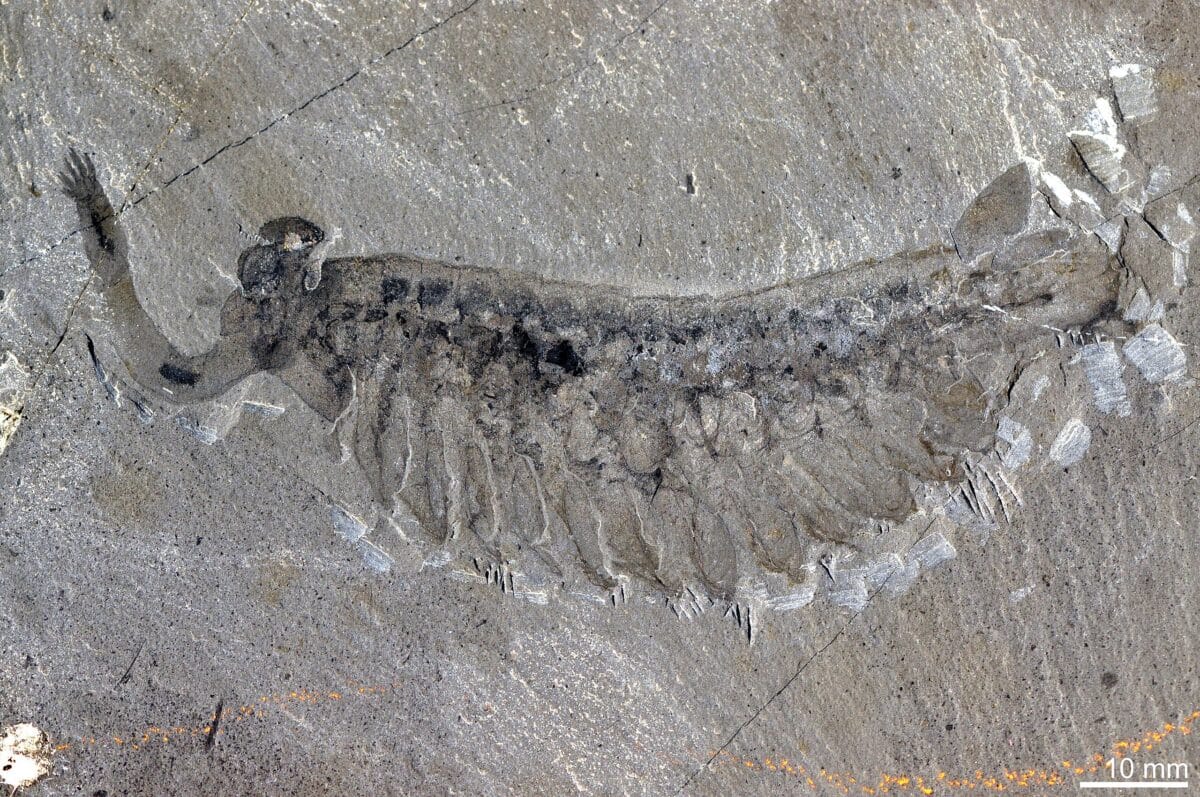
Three Types of Science: Inferential Science

Responding to Lee Cronin: A Modular Theory of Assembly
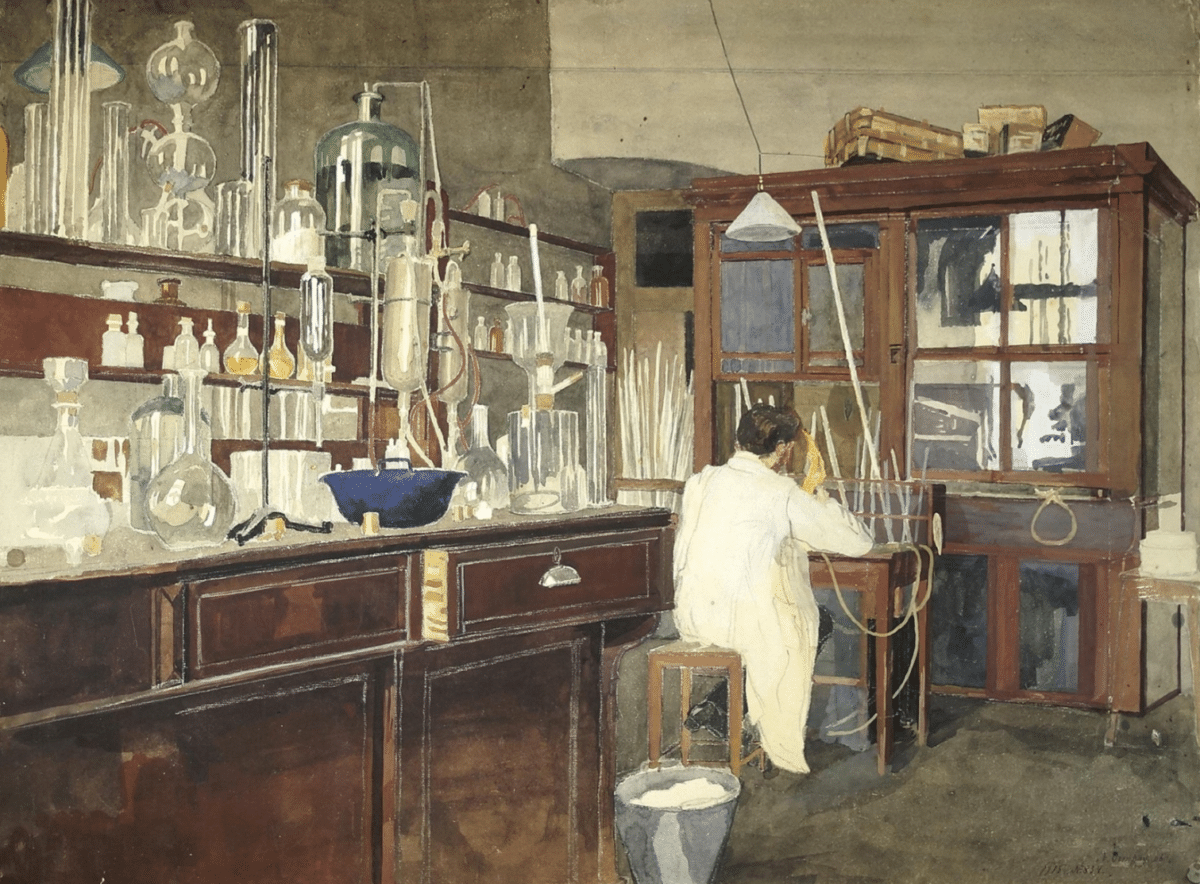
Three Types of Science: Experimental Science

Disassembling Lee Cronin’s Assembly Theory
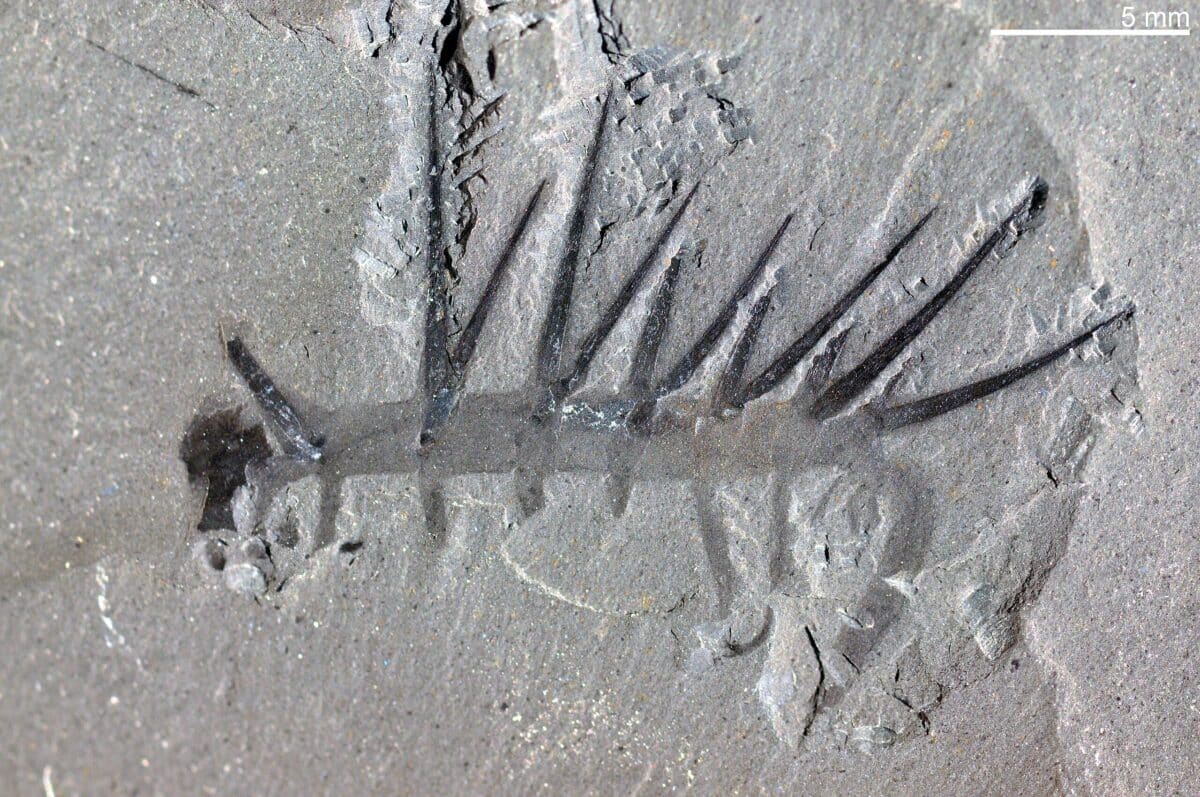
Fossil Friday: Cambrian Explosion Bingo Continues
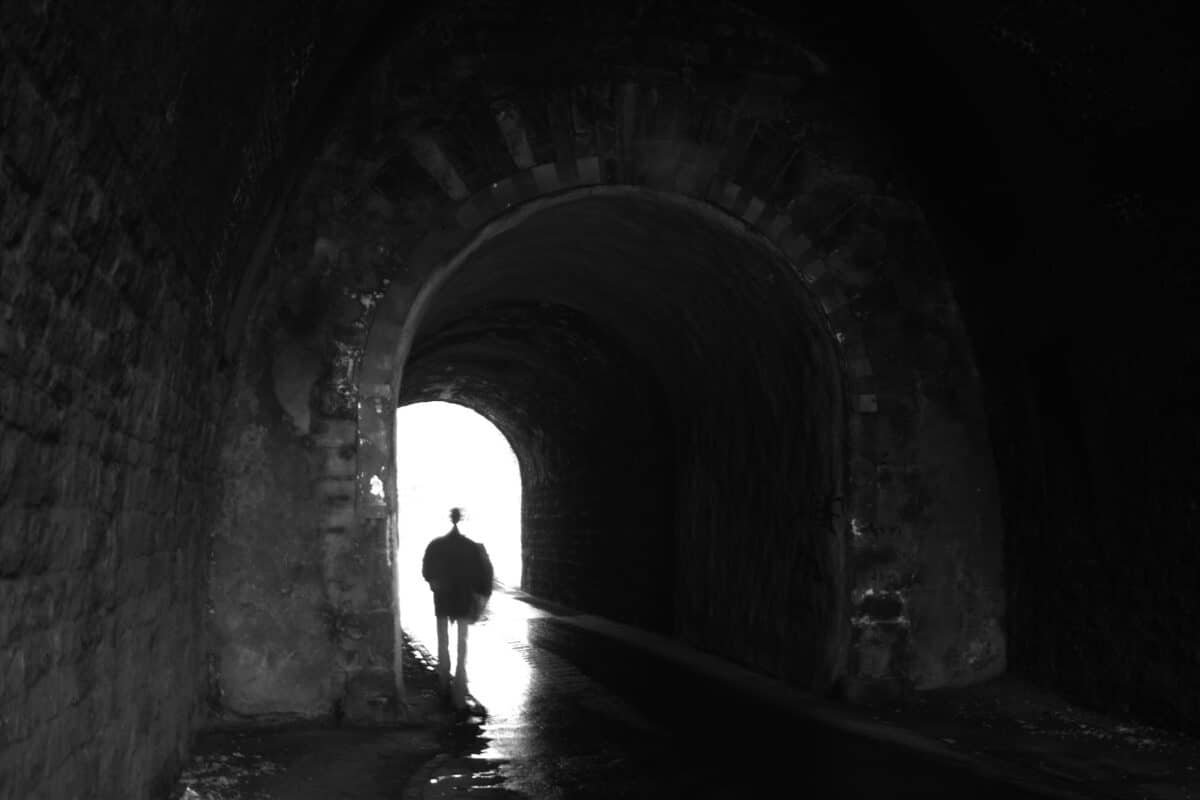
Heart Attack Doctor: Science Shows Death Is Not the End
